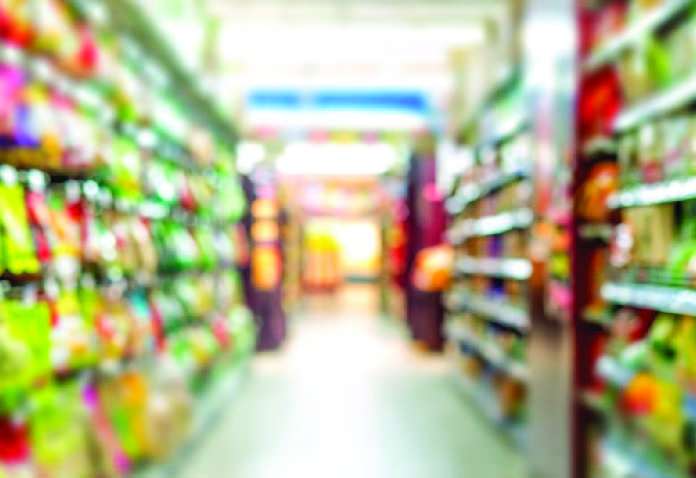GAS PRICES IN CANADA FORECAST ‘WILD RIDE AT THE PUMPS’
FLUCTUATIONS IN GAS PRICES
A sinking loonie and rising carbon taxes are among the things that could end low gas prices this year. Canadians can expect a volatile year for gas prices, says a new forecast.
Canadian drivers are enjoying some of the lowest gas prices in years. However, don’t expect that to last through 2019, says price comparison site GasBuddy.
In a report issued Wednesday, GasBuddy analyst Dan McTeague warned Canadians. The warning said to be prepared for “a wild ride at the pump” this year.
“Canadian motorists can expect a year of extreme volatility at the pumps for 2019. As the world markets move sharply in varying directions for the foreseeable future,” McTeague wrote.
Traders are uncertain which way the global economy is going. Therefore, the oil prices are likely to swing wildly in the months ahead. However, at the start of the spring season, there can be price fluctuations. Later, The Canadians could see the highest prices at the pumps since 2014, McTeague said.
The loonie has lost 10 cents U.S. in value over the past year. It is enough to push gas prices up by 2.5 cents a litre. On top of that, eight of 10 Canadian provinces are bringing some changes. Therefore, it shall be the introduction of a new carbon tax this year. Additionally, or an increase to their existing one by April 1.
CLIMATE CHANGE & OIL PRICES
This “will almost certainly force up the cost of filling your tank. Hence, Just in time for the summer driving season and switchover to more expensive summer gasoline,” McTeague wrote.
The federal government is introducing a carbon tax in provinces without their own plan. The reason is to combat climate change. This will automatically result in the tax that will translate into an extra five cents per litre on gas prices. Ottawa plans to send rebate cheques to consumers in those provinces to offset the additional cost.
MC-Teague Said Vancouver shall overtake Montreal this year as the North American city with highest gas prices taxes. The province of British Columbia is all set to increase its taxes. This includes Trans Link Tax and a carbon tax on 1st April, all in connection with Vancouver takeover from Montreal.
RELATED ARTICLES:
- 5 THINGS CANADIAN BUSINESS OWNERS NEED TO KNOW ABOUT BUSINESS
- JUSTIN TRUDEAU RE-ELECTED AS PRIME MINISTER
- STARBUCKS COMMITS TO 10,000 GREENER STORES BY 2025
“IF WE GO INTO A GLOBAL RECESSION ALL BETS ARE OFF”
But there is one thing that could alter that forecast and bring lower gas prices. A global recession, something a growing number of experts say could be just around the corner.
“If we go into a global recession all bets are off,” McTeague told Huff Post Canada. “The price of every commodity would absolutely collapse. But I don’t see that happening.”
A new agreement between the U.S. and China that ends the trade conflict between the world’s two largest economies. This would be enough to calm nerves about a global recession, McTeague said.
In the meantime, Canadians are enjoying some of the lowest gas prices in years. Thanks to rapidly dropping prices in December, the average gas prices in Canada was around $1.02 per liter on Jan. 2, the lowest average since July of 2017.
Consider reading to these
- CURB APPEAL AND PROMOTIONS DRIVE FUEL-ONLY GAS BUDDY
- CUSTOMER SERVICE TOP 10 TRAINING TIPS
- GOOGLE TOP 10 MOST SEARCHED PERSONALITIES
- AUSTRALIA – A HISTORY OF FIRE & HOW IT CAN HELP IN FUTURE?
- FORESTS SUSTENANCE AND COLLECTIVE ACTION WITH ‘WEF’
- DOLLARAMA WATCHING PRICES AS IT LOOKS TO GROW FOOT TRAFFIC
- DURING RENOVATIONS: LET THE LIGHT BE LIGHT
- CANADA AND PROVINCES AGREE TO CURB GARBAGE
- CARBON TAX-LOAD WILL CARRY MOST BY BUSINESSES



